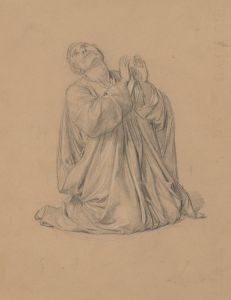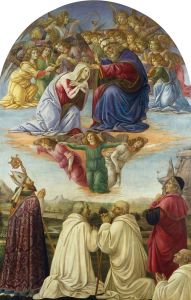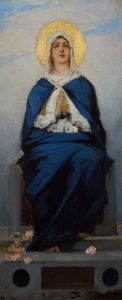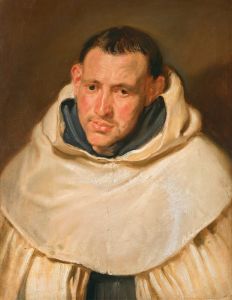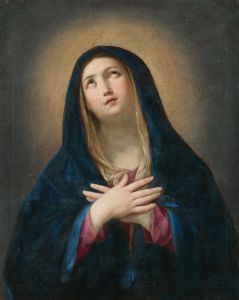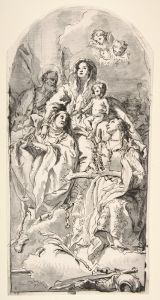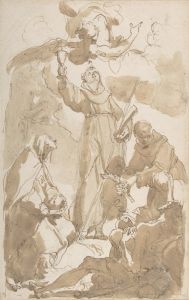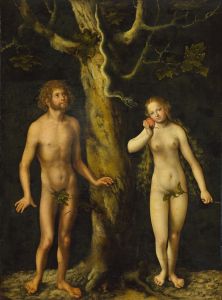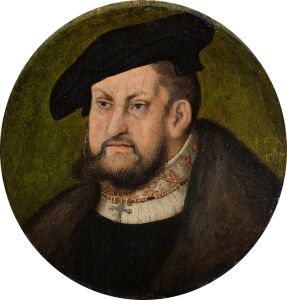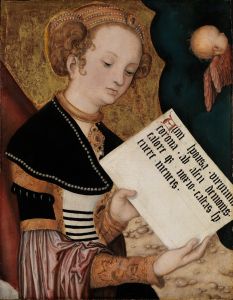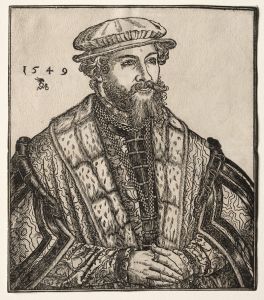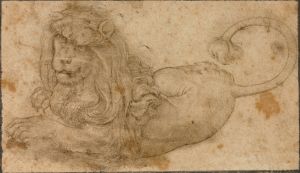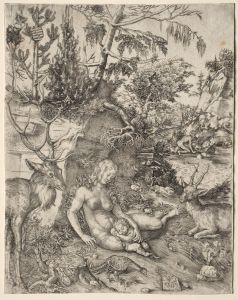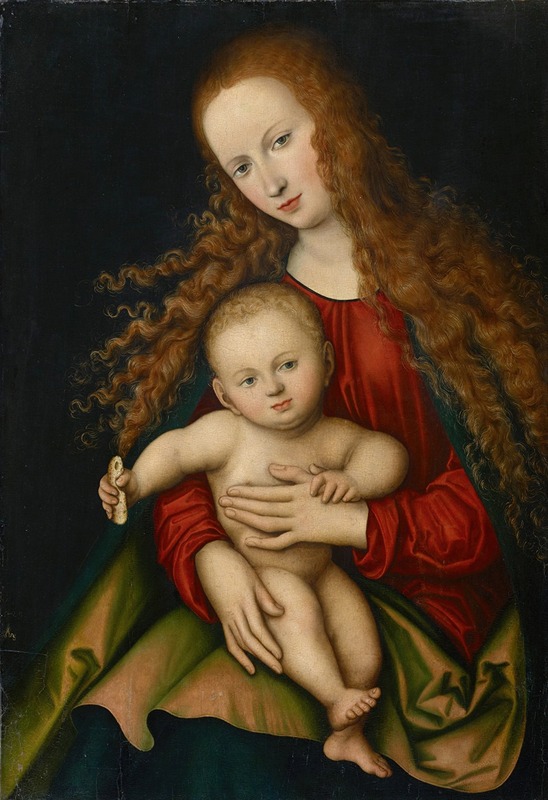
Virgin and Child
A hand-painted replica of Lucas Cranach the Elder’s masterpiece Virgin and Child, meticulously crafted by professional artists to capture the true essence of the original. Each piece is created with museum-quality canvas and rare mineral pigments, carefully painted by experienced artists with delicate brushstrokes and rich, layered colors to perfectly recreate the texture of the original artwork. Unlike machine-printed reproductions, this hand-painted version brings the painting to life, infused with the artist’s emotions and skill in every stroke. Whether for personal collection or home decoration, it instantly elevates the artistic atmosphere of any space.
Lucas Cranach the Elder, a prominent German Renaissance painter, created several versions of the "Virgin and Child" theme throughout his career. These paintings typically depict the Virgin Mary holding the infant Jesus, a common subject in Christian art that symbolizes purity, motherhood, and divine love. Cranach's works are known for their delicate detail, vibrant colors, and the serene, tender expressions of the figures.
One notable version of "Virgin and Child" by Lucas Cranach the Elder is housed in the Uffizi Gallery in Florence, Italy. This painting, created around 1510-1514, showcases Cranach's distinctive style, characterized by the elongated figures and the intricate detailing of the garments and backgrounds. The Virgin Mary is often portrayed with a gentle, contemplative expression, holding the Christ Child who reaches out or looks up at her, creating a sense of intimate connection between mother and child.
Cranach's "Virgin and Child" paintings often include symbolic elements that reflect the theological significance of the subject. For instance, the apple held by the Christ Child in some versions alludes to the concept of original sin and redemption, linking the New Testament to the Old Testament narrative of Adam and Eve. The inclusion of a landscape in the background, featuring lush greenery and distant hills, is another characteristic element in Cranach's work, providing a serene and harmonious setting that enhances the spiritual theme of the painting.
Lucas Cranach the Elder was a contemporary of Albrecht Dürer and a close friend of Martin Luther, the leader of the Protestant Reformation. His association with the Reformation influenced his art, leading to the creation of numerous portraits of Protestant leaders and religious themes that aligned with the new theological perspectives. Despite this, his "Virgin and Child" paintings remained popular among both Catholic and Protestant patrons, demonstrating the universal appeal of this devotional subject.
Cranach's workshop, which included his sons Hans and Lucas Cranach the Younger, played a significant role in the production of his artworks. The workshop's collaborative nature means that some versions of "Virgin and Child" attributed to Lucas Cranach the Elder may have been created with the assistance of his apprentices or family members. This practice was common in Renaissance art, where master artists often oversaw large workshops that produced works in their style.
The enduring legacy of Lucas Cranach the Elder's "Virgin and Child" paintings lies in their ability to convey deep religious sentiment through graceful composition and meticulous craftsmanship. These works continue to be admired for their artistic beauty and their ability to evoke a sense of reverence and contemplation in viewers.
In summary, Lucas Cranach the Elder's "Virgin and Child" paintings are significant examples of Renaissance art that reflect both the artist's technical skill and his ability to convey profound religious themes. Through his delicate portrayal of the Virgin Mary and the Christ Child, Cranach created timeless works that resonate with audiences across different cultural and religious backgrounds.





